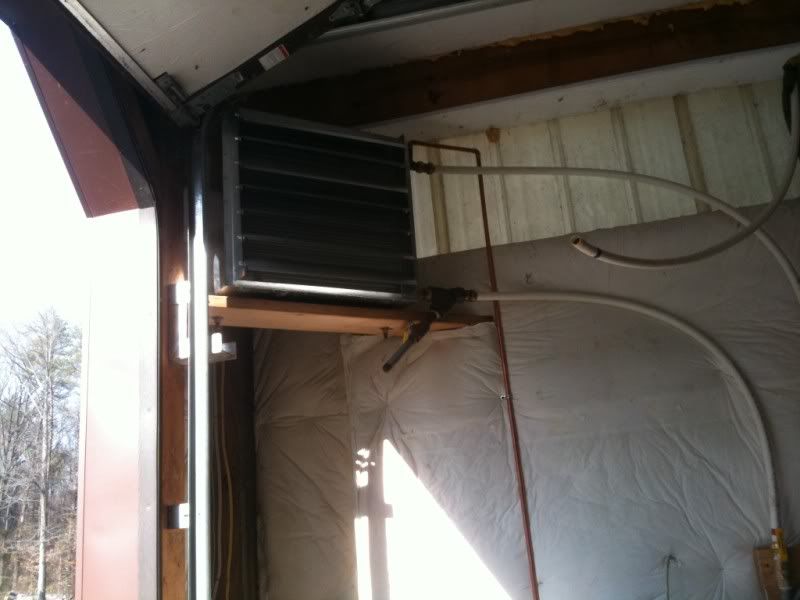I have a new 40x40x14 pole barn that I want to heat off my outdoor wood boiler. I have not put the concrete floor in it yet or insulated the walls/ceiling.
I was thinking of going with a heated floor or forced hot air. I know a heated floor is going to cost considerably more than stripping down an old house furnace, adding a heat exchanger and hooking duct work to it. I would like to know what some of you guys have done.
The pros and cons?
Tips?
Pictures of your set up?
Again....the barn is brand new, nothing done to it. Any help is appreciated. Thanks
I was thinking of going with a heated floor or forced hot air. I know a heated floor is going to cost considerably more than stripping down an old house furnace, adding a heat exchanger and hooking duct work to it. I would like to know what some of you guys have done.
The pros and cons?
Tips?
Pictures of your set up?
Again....the barn is brand new, nothing done to it. Any help is appreciated. Thanks






